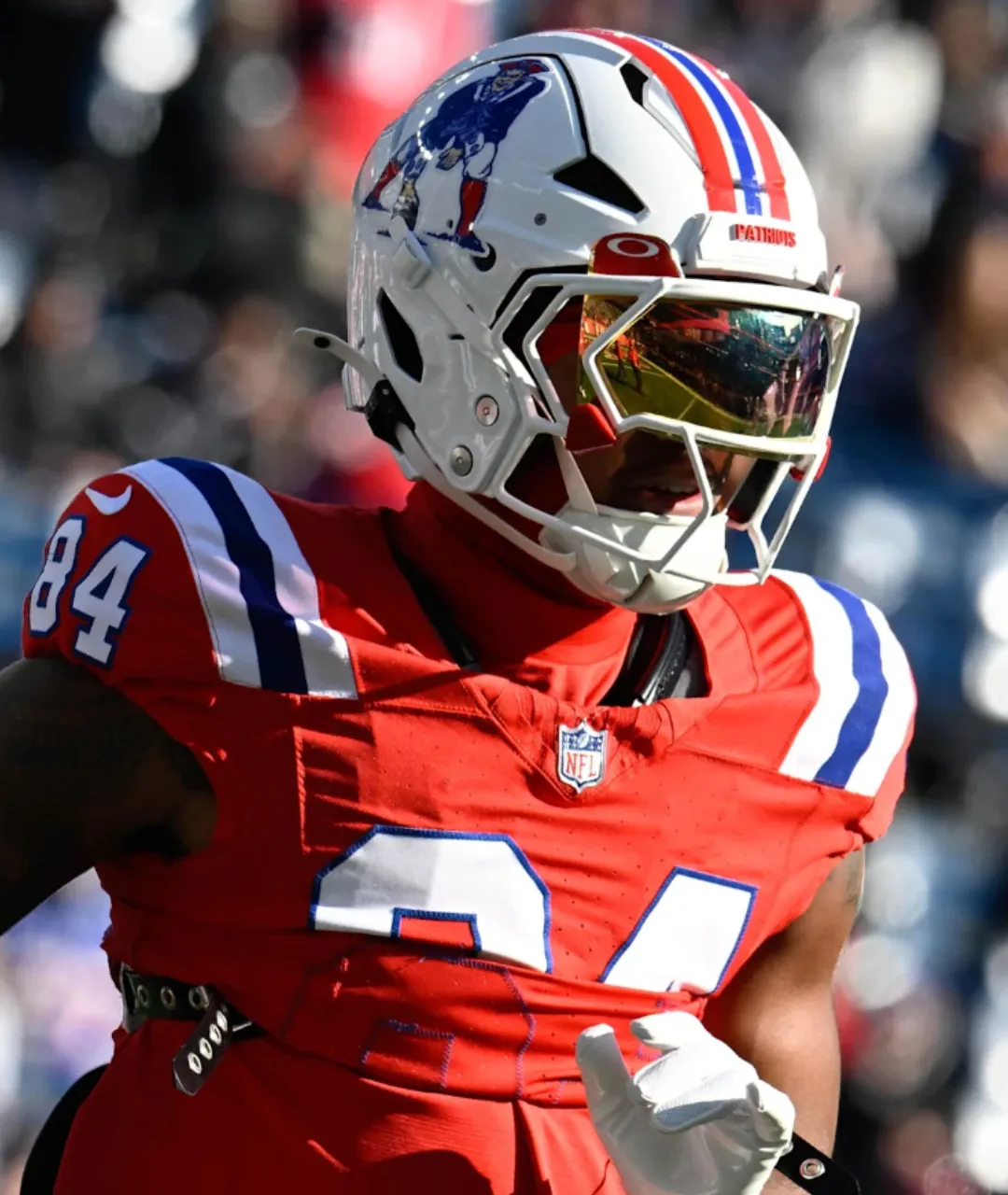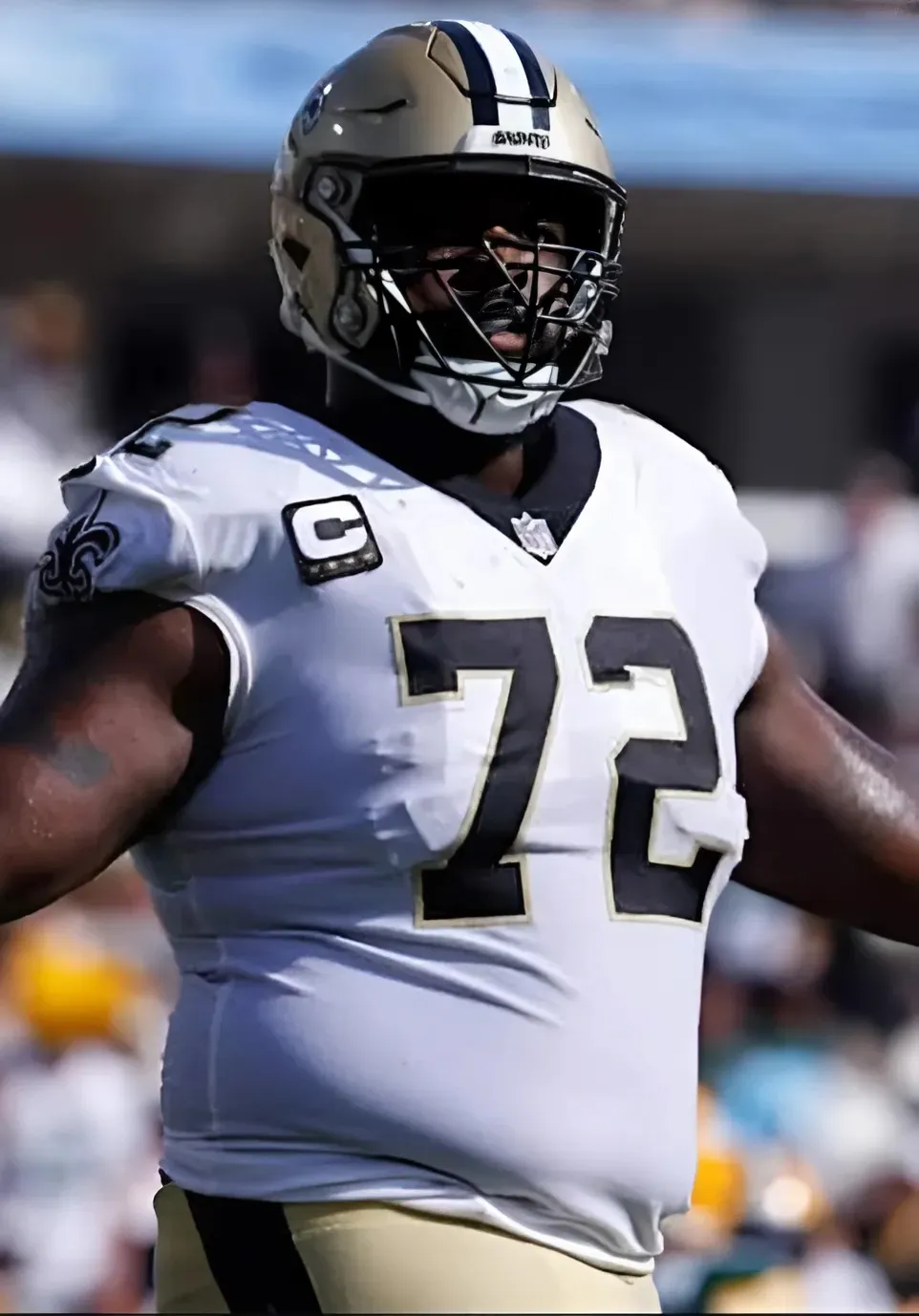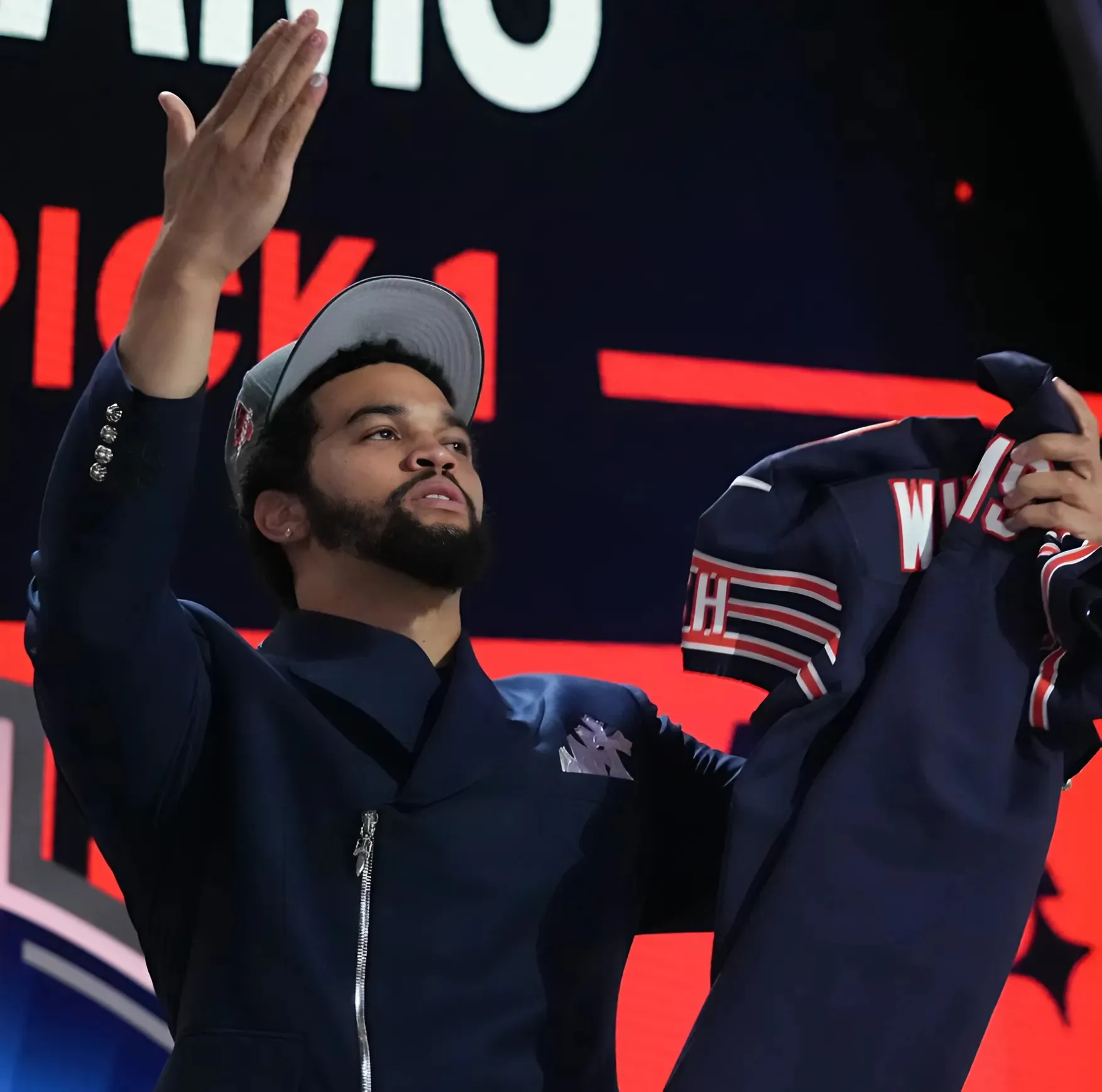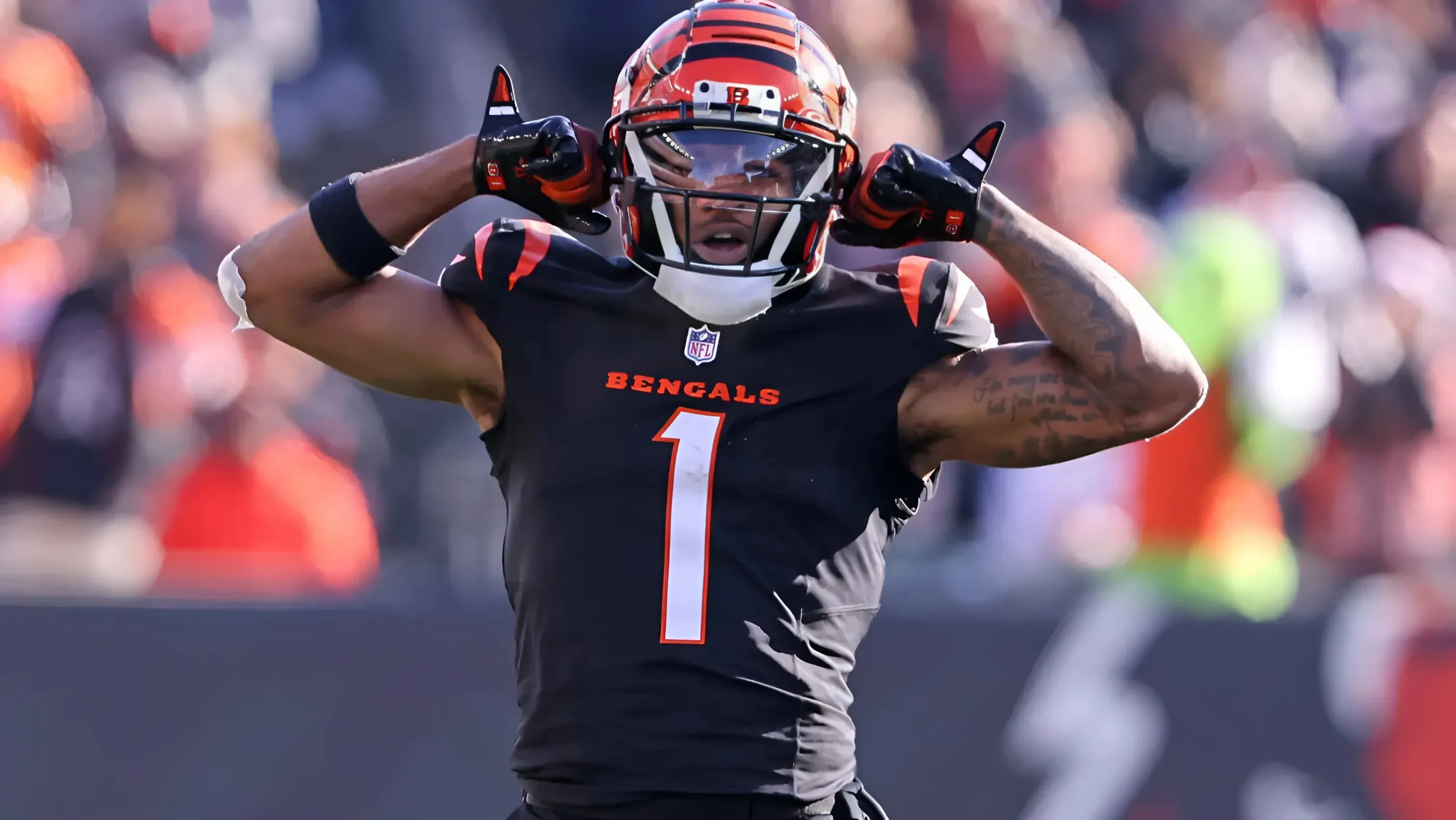With the Green Bay Packers’ scouting philosophy remaining very much the same going all the way back to the days of Ron Wolf, a fairly strong grasp has been established on what the team looks for in terms of athleticism and other traits at various positions during the draft.
Every year though, exceptions are made and the boundaries are bent. These departures from the norm can be small or significant, and there were plenty of them this year.
Advertisement
In the 2025 draft, Green Bay deviated from their usual standards on seven of their eight picks, but also stuck to their core principles. Here is how the Packers bent their general guidelines this year:
WR Matthew Golden
Golden had the most limited athletic profile the Packers have drafted in the first round since 2001, only running a 40 and skipping the vert and broad jumps, as well as the agility testing.
It seemed more players than ever opted out of some, if not all of the pre-draft testing this year, which likely prompted this exception being made.
Many people thought Green Bay would have to care less about athletic testing in general this year due to the widespread lack of testing, with the idea being: “If you remove all the players who did not test from your board, there will be barely anyone left."
Advertisement
That did not really turn out to be the case. Every player the Packers drafted did at least some athletic testing, and although they did take some players with incomplete profiles, they did not draft anyone who skipped the 40-yard dash.
Gutekunst talked pre-draft about how skipping testing hurts players more than it helps them, and made it clear it clouds or even changes evaluation of prospects if they do not test. He was true to his word, and athletic testing will continue to be a vital part of Green Bay’s draft philosophy.
Along those lines, they did not bend on their penchant for taking players with truly elite speed in round one.
Since Brian Gutekunst took over as general manager, he has spent nine of his ten first-round picks on players with an "elite" speed grade according to the Relative Athletic Score (RAS) system. Jordan Love is the only exception.
Advertisement
Golden also stretched the limits of how small they are willing to go, at least in terms of non-slot receivers.
At 5-11 and 191 pounds, he has the smallest height/weight combination of any boundary receiver drafted by Gutekunst, and going back to the Ted Thompson era, he is even smaller than Greg Jennings was coming out of college.
Jennings was just over 5-11, and 197 pounds, and was previously the floor for a receiver the Packers have spent premium capital on in the last two decades.
Anthony Belton
Tipping the scales at 336 pounds, Belton is the heaviest offensive lineman the Packers have drafted by 15 pounds, even going back to the Thompson era.
Advertisement
He actually played even heavier in college, and whether Belton actually keeps dropping weight to get closer to Green Bay’s usual range in the low 320s remains to be seen.
Speaking to the media at rookie minicamp, he mentioned wanting to drop another 10 pounds, but his weight as of now is unknown.
The 336-pound listing is from the combine, so whether he has put weight on since then and wants to lose it again, or is still around that weight but wants to get even lighter, is something of a mystery.
Rather than the Packers making an exception or changing their preferences though, the lesson from the Belton pick might be that they actually do not care about players being "too heavy."
Advertisement
There have been rumors Green Bay would have selected offensive tackle Darnell Wright instead of Lukas Van Ness if he had been there in 2023. Wright, who was drafted by the Bears before the Packers could have a chance at him, is also a big man at 333 pounds.
The assumption that has long been made is that Green Bay stays clear of the comically sized offensive tackles, from both a height and weight standpoint, because there is a limit to how big you can be and still be able to bend, play with leverage and potentially kick inside to play guard.
This assumption is likely true, but it seems the key factor is height, rather than weight. Belton is 6-6 even, which is tied for the tallest offensive lineman drafted in the Gutekunst/Thompson era, while Wright was just under 6-5 ⅓.
As long as they are not too tall, and are good athletes, like Wright was and Belton is, it appears the Packers do not care how heavy they are to an extent. Gutekunst even joked after the draft that he would often be teased in his days as a scout for over-grading guys who had size.
Advertisement
For how well those on the outside have nailed down the types of players the Packers like, there will still always be things that are unknown. It seems this is one of those instances, and something to keep in mind in the future, rather than something the team has changed.
Savion Williams
Contrary to popular belief, the Packers do care about production, especially at the skill positions. Savion Williams is the least productive wide receiver, in terms of production as a true receiver, that Green Bay has drafted in the Gutekunst/Thompson era.
He had just 611 receiving yards in his best season. The previous low in a best season was Christian Watson, who had 801 in his final year at North Dakota State.
Advertisement
Williams did have some impressive rushing production to make up for it though, having put up 322 yards on the ground, bringing his yards from scrimmage total up to 933 yards, and he also put up 12 total touchdowns in 2024, six through the air and six on the ground.
The Swiss army knife role Williams had within the TCU offense, and the supplemental stats that came from it likely eased concerns over his lack of true receiver production.
Barryn Sorrell
Sorrell has shorter arms than any edge rusher Gutekunst has drafted at 32.5", although they are longer than Clay Matthews’ whom Thompson drafted in round one.
Collin Oliver
If Oliver is viewed as an EDGE, he is a huge outlier for the Packers in terms of size at just under 6-1 ⅔ and 240 pounds.
Advertisement
He is 10 pounds lighter than any edge rusher Gutekunst has drafted (although he is the same weight as Matthews) and a full inch shorter, even including the Thompson era, with Nick Perry the previous low.
If he is viewed as a linebacker body type however, Oliver does not break any rules, which is possibly what made Green Bay feel comfortable taking him, knowing there is at least the potential for him to play some off-ball linebacker and not just be a designated pass rusher.
Warren Brinson
Brinson is marginally slower in terms of 40 time and 10-yard split than any defensive tackle Gutekunst has drafted, behind Karl Brooks by 0.01 seconds in the 40 and 0.02 seconds in terms of 10-yard split, both completely negligible differences.
Micah Robinson
At 183 pounds, Robinson is lighter than any cornerback the Packers have drafted since at least 2011. He is one pound lighter than Shemar Jean-Charles, whom Gutekunst admitted was a big outlier for them.
John Williams
If Belton had not become the heaviest offensive lineman drafted by Green Bay in the Gutekunst/Thompson era a day earlier, the award would have gone to John Williams, although not by much, as he is just one pound heavier than Sean Rhyan and Derek Sherrod.




